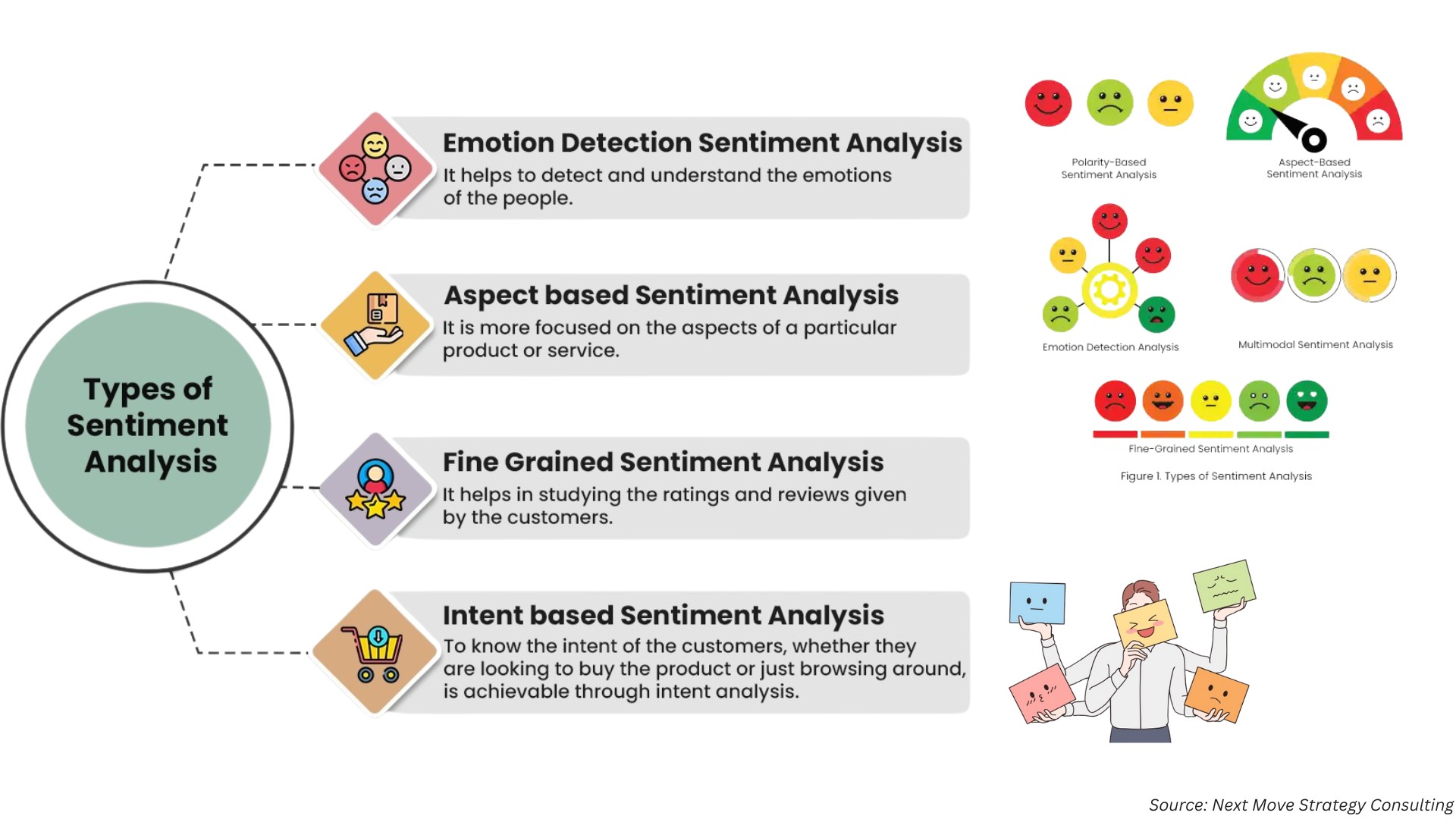Robot Software Market is expected to reach USD 45.54 billion by 2030
Published: 2025-09-09
The rapid adoption of the industry 4.0 and smart manufacturing combined with remarkable advancements in AI and machine learning are driving significant growth in the robot software industry.
According to a new research report by Next Move Strategy Consulting, the global robot software market was valued at USD 7.77 billion in 2022, and is expected to reach USD 45.54 billion by 2030, with a CAGR of 23.9% during the forecast period, 2023–2030.
The rise of the Industry 4.0 and smart manufacturing along with the integration of the Internet of Things (IoT) have emerged as significant drivers for the global robot software market. The Industry 4.0 represents the fourth industrial revolution, where digital technologies are seamlessly integrated into manufacturing processes to enhance efficiency, productivity, and automation. According to a report by McKinsey, the adoption of the Industry 4.0 technologies is estimated to lead to a potential increase of USD 3.7 trillion in the global manufacturing output by 2025.
Additionally, finding skilled workers for specific tasks can be difficult in certain industries, leading to labor shortages and skill gaps. This situation creates a demand for alternative solutions to mitigate labor-related challenges. Robot software provides an attractive option, offering cost-effective and reliable alternatives to human labor. Robots equipped with advanced software can work tirelessly and consistently without requiring breaks or benefits. They also help businesses maintain their competitiveness in the market. According to the International Federation of Robotics (IFR), the global deployment of industrial robots surpassed 3 million units in 2022.
Moreover, the continuous advancements in technology, particularly in artificial intelligence (AI) and machine learning, have significantly enhanced the capabilities of robots. These developments now empower robots to carry out complex tasks with greater autonomy and adaptability. As a result, the robot software market is experiencing a substantial boost in its growth. Furthermore, the adoption of collaborative robots and service robots created new market opportunities for developers of robot software. As these robots need sophisticated programming and control systems to ensure seamless collaboration with humans and effective performance of various services, the demand for advanced robot software surged considerably.
However, as the use of robot software continues to grow, there is a significant concern about the potential risks of cyber threats and data breaches. The increasing reliance on interconnected systems and the Internet of Things (IoT) in robotic applications create vulnerabilities that malicious individuals could exploit.
This growing awareness of cybersecurity risks has made businesses and industries cautious about fully embracing robot software. They need strong assurance that robust cybersecurity measures are in place to safeguard their operations. The fear of data breaches, unauthorized access, and the compromise of critical robotic systems can be major obstacles to the adoption of robotics in various sectors. In particular, industries that handle sensitive data, such as healthcare and finance, face additional challenges due to regulatory compliance requirements. They must implement stringent data protection measures to meet these regulations and ensure the security and confidentiality of the information they handle.
On the contrary, Robotics-as-a-Service (RaaS) presents a significant opportunity in the global robot software market. This innovative business model allows companies to access robotic solutions and their associated software on a subscription basis rather than investing in the outright purchase of expensive robotic systems. The RaaS model has gained momentum due to its ability to lower entry barriers and reduce upfront costs. It also improved the accessibility of robotic technology for businesses of all sizes.
By adopting the RaaS model, companies can leverage advanced robot software and hardware without incurring large capital expenditures. This subscription-based approach allows businesses to allocate their financial resources more efficiently than before and invest in other critical areas of their operations.
Request for a Sample PDF on the Robot Software Market
According to the report, leading players operating in the robot software market include ABB Ltd., ArtiMinds Robotics GmbH, Brain Corp, Clearpath Robotics, CloudMinds, Dassault Systèmes, Flexiv, H2O.ai, IBM Corporation, Kemppi Oy Ab, Kinova Robotics, MathWorks, NVIDIA Corporation, Omron Corporation, Open Robotics, RoboDK Global, Rockwell Automation, Schneider Electric, Siemens AG, Standard Bots, Teradyne, Inc., Visual Components, Yaskawa Electric, Unity Technologies, FANUC Corp. and others.
Key Insights from the Robot Software Market Report:
-
The information related to key drivers, restraints, and opportunities and their impact on the robot software market is provided in the report.
-
The value chain analysis in the market study provides a clear picture of the role of each stakeholder.
-
The market share of the players in the global robot software market along with their competitive analysis are provided in the report.
















Add Comment